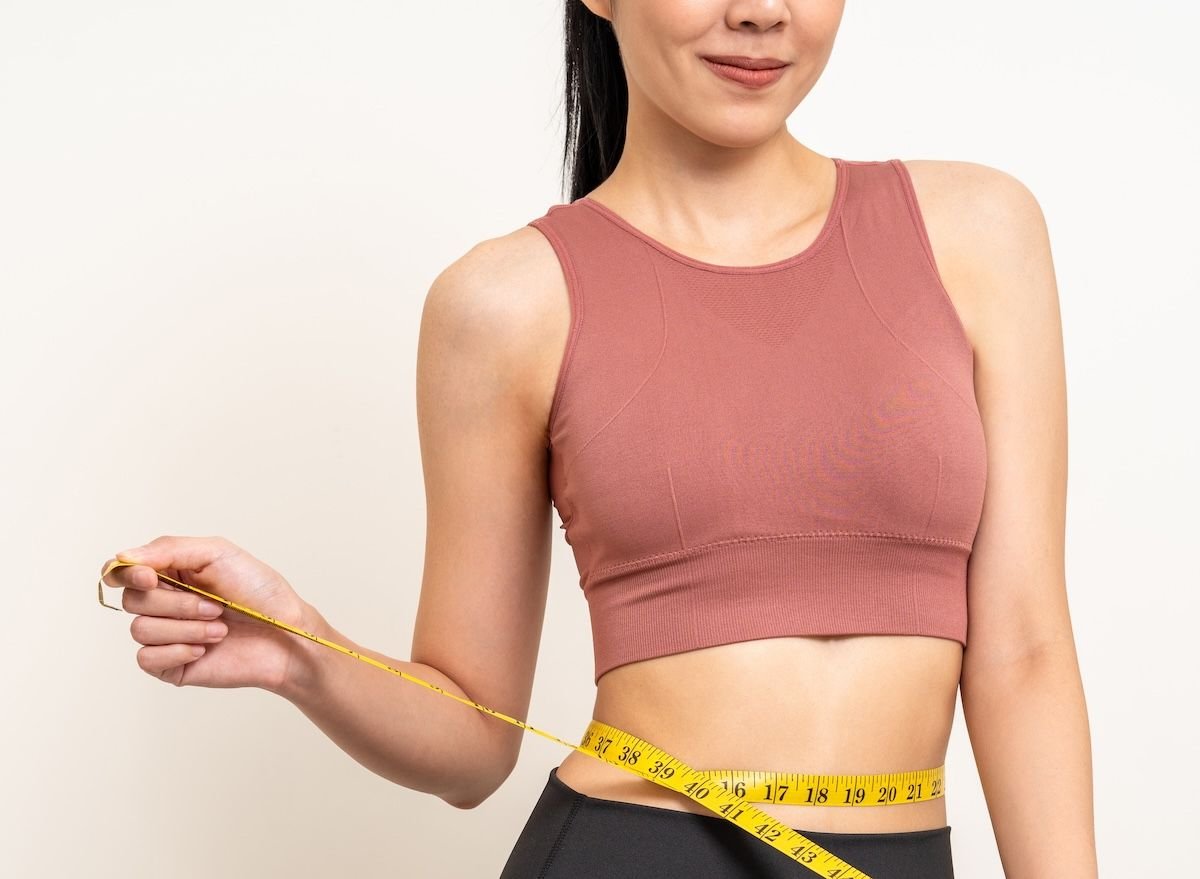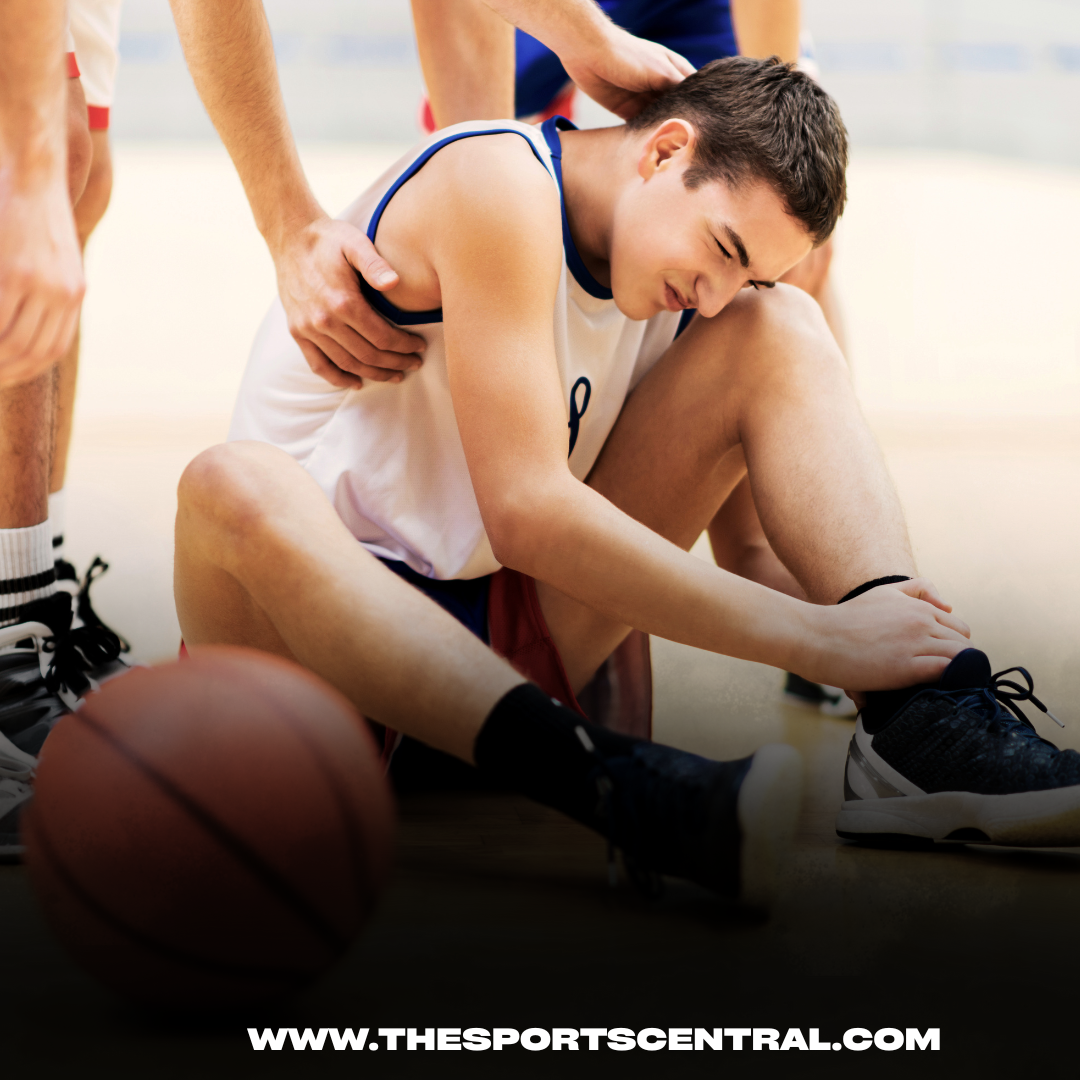Losing weight and achieving a healthy lifestyle doesn’t necessarily require a gym membership, expensive equipment, or specialized training sessions. In fact, you can effectively lose weight at home without any equipment at all by following a well-rounded approach that incorporates bodyweight exercises, proper nutrition, hydration, and a positive mindset. This guide will provide you with everything you need to know about losing weight at home, including exercise routines, dietary strategies, and lifestyle changes that can help you achieve your fitness goals.
1. Understanding Weight Loss Basics
Before diving into exercises and routines, it’s important to understand the basic principles of weight loss. Weight loss occurs when you burn more calories than you consume. This is known as creating a “caloric deficit.” You can achieve a caloric deficit through a combination of diet, exercise, and overall lifestyle changes. Here’s a quick overview:
- Caloric Intake: The number of calories you consume from food and beverages.
- Caloric Expenditure: The number of calories your body burns through activities, exercise, and maintaining basic bodily functions (like breathing, digestion, etc.).
To lose weight, you need to balance these two aspects in favor of burning more calories than you consume. This can be achieved through a combination of diet management and exercise.
2. Bodyweight Exercises for Weight Loss
Bodyweight exercises are an effective way to burn calories, build muscle, and increase overall fitness levels without the need for equipment. These exercises leverage your body weight to provide resistance, making them perfect for at-home workouts. Here are some of the most effective bodyweight exercises for weight loss:
a. Jumping Jacks
Jumping jacks are a great full-body exercise that helps burn calories and improve cardiovascular fitness. They engage multiple muscle groups, including the legs, core, and arms, providing a high-intensity workout.
- How to Do It: Start by standing with your feet together and arms at your sides. Jump up while spreading your legs and raising your arms overhead. Return to the starting position and repeat.
- Duration: Aim for 3 sets of 30-60 seconds.
b. Burpees
Burpees are a high-intensity, full-body exercise that can help you burn a significant number of calories in a short amount of time. They target the legs, chest, arms, and core.
- How to Do It: Start in a standing position. Drop down into a squat, place your hands on the ground, and kick your feet back into a push-up position. Perform a push-up, then jump your feet back to the squat position and explode upward into a jump.
- Duration: Aim for 3 sets of 10-15 repetitions.
c. Squats
Squats are excellent for strengthening the lower body muscles, including the glutes, quads, hamstrings, and calves. They also help improve core stability and posture.
- How to Do It: Stand with your feet shoulder-width apart. Lower your body as if you are sitting back into a chair, keeping your chest up and knees behind your toes. Push back up to the starting position.
- Duration: Aim for 3 sets of 15-20 repetitions.
d. Lunges
Lunges are another great lower-body exercise that targets the glutes, quads, and hamstrings while also engaging the core muscles for balance.
- How to Do It: Start by standing with your feet together. Step forward with one leg, lowering your hips until both knees are bent at a 90-degree angle. Return to the starting position and repeat on the other side.
- Duration: Aim for 3 sets of 10-15 repetitions per leg.
e. Push-Ups
Push-ups are a classic bodyweight exercise that targets the chest, shoulders, triceps, and core. They help build upper body strength and improve overall muscle endurance.
- How to Do It: Start in a plank position with your hands slightly wider than shoulder-width apart. Lower your body until your chest almost touches the floor, then push back up to the starting position.
- Duration: Aim for 3 sets of 10-20 repetitions.
f. Planks
Planks are a great core exercise that helps strengthen the abdominals, lower back, and shoulders. They also improve overall stability and endurance.
- How to Do It: Start in a push-up position with your elbows directly under your shoulders. Keep your body in a straight line from head to heels, engaging your core muscles. Hold this position for as long as possible.
- Duration: Aim for 3 sets of 30-60 seconds.
g. High Knees
High knees are a cardio-intensive exercise that helps burn calories while also strengthening the legs and core muscles.
- How to Do It: Stand with your feet hip-width apart. Jog in place while lifting your knees as high as possible, pumping your arms to maintain momentum.
- Duration: Aim for 3 sets of 30-60 seconds.
3. Creating an Effective At-Home Workout Routine
To lose weight effectively at home, it’s important to create a workout routine that combines cardiovascular exercises with strength training. Here’s a sample workout plan you can follow:
Warm-Up (5-10 minutes):
- Light jogging or marching in place
- Arm circles
- Leg swings
- Dynamic stretches (like lunges with a twist)
Main Workout (30-40 minutes):
- Jumping Jacks – 1 minute
- Squats – 15-20 repetitions
- Push-Ups – 10-20 repetitions
- High Knees – 1 minute
- Lunges – 10-15 repetitions per leg
- Burpees – 10-15 repetitions
- Plank – Hold for 30-60 seconds
Cool Down (5-10 minutes):
- Slow walking or marching in place
- Static stretching (hold each stretch for 20-30 seconds)
- Deep breathing exercises
Frequency: Aim to perform this workout routine 3-5 times per week for optimal results. You can adjust the duration and intensity based on your fitness level and goals.
4. Nutrition for Weight Loss
Exercise alone is not enough for effective weight loss; nutrition plays a crucial role as well. Here are some dietary guidelines to help you achieve your weight loss goals:
a. Calorie Management
To create a caloric deficit, it is essential to consume fewer calories than your body burns. Use a calorie calculator to estimate your daily caloric needs based on your age, gender, weight, height, and activity level. Aim to reduce your daily caloric intake by 500-750 calories to lose about 0.5-1 kg per week, which is considered a safe and sustainable rate of weight loss.
b. Focus on Whole Foods
Prioritize whole, unprocessed foods such as vegetables, fruits, whole grains, lean proteins, nuts, seeds, and healthy fats. These foods are nutrient-dense, meaning they provide essential vitamins and minerals without excessive calories. Avoid processed foods, sugary snacks, and high-calorie beverages, which can contribute to weight gain.
c. Eat Balanced Meals
Ensure each meal contains a balance of macronutrients:
- Protein: Include a source of lean protein, such as chicken, fish, tofu, lentils, or eggs, in every meal. Protein helps build muscle, repair tissues, and keep you feeling full.
- Carbohydrates: Choose complex carbohydrates like whole grains, quinoa, brown rice, oats, and vegetables, which provide sustained energy.
- Fats: Incorporate healthy fats, such as avocados, nuts, seeds, and olive oil, to support overall health and satiety.
d. Hydration
Staying hydrated is essential for weight loss and overall health. Aim to drink at least 8-10 glasses (2-3 liters) of water daily. Water helps maintain metabolic processes, aids digestion, and can help control appetite. Drinking water before meals can also help you feel fuller, reducing overall caloric intake.
e. Mindful Eating
Practice mindful eating to avoid overeating and emotional eating:
- Eat slowly and savor each bite.
- Pay attention to hunger and fullness cues.
- Avoid distractions while eating, such as watching TV or using a smartphone.
- Plan meals and snacks ahead of time to make healthier choices.
5. Lifestyle Changes for Sustainable Weight Loss
In addition to exercise and nutrition, making certain lifestyle changes can help you achieve sustainable weight loss:
a. Get Adequate Sleep
Sleep plays a critical role in weight loss. Lack of sleep can disrupt hunger-regulating hormones like ghrelin and leptin, leading to increased appetite and cravings. Aim for 7-9 hours of quality sleep per night to support your weight loss efforts.
b. Manage Stress
Chronic stress can lead to emotional eating and weight gain. Practice stress-management techniques such as meditation, deep breathing, yoga, or journaling to help manage stress levels. Regular exercise can also be a powerful tool for reducing stress and improving overall well-being.
c. Set Realistic Goals
Set realistic, achievable weight loss goals that are specific, measurable, and time-bound. For example, aim to lose 2-4 kg over the next month rather than setting vague or overly ambitious targets. Celebrate small milestones along the way to stay motivated.
d. Stay Consistent and Accountable
Consistency is key to achieving long-term weight loss. Stay committed to your exercise routine and dietary plan, even on days when motivation is low. Consider keeping a fitness journal to track your progress, or use a fitness app to log workouts and meals. Having a workout buddy or joining an online fitness community can also help keep you accountable.
e. Keep Moving Throughout the Day
Incorporate more physical activity into your daily routine beyond formal workouts. Take short walks during breaks, use the stairs instead of the elevator, do household chores, or engage in activities like gardening or dancing. The goal is to stay active and burn more calories throughout the day.
6. Tracking Your Progress
Tracking your progress is essential for staying motivated and making necessary adjustments to your routine. Here are some ways to track your weight loss journey:
- Body Measurements: Measure your waist, hips, chest, arms, and thighs regularly to monitor changes in body composition.
- Weight Monitoring: Weigh yourself once a week at the same time of day to track weight changes. Avoid daily weighing, as weight can fluctuate due to factors like water retention and hormonal changes.
- Photos: Take progress photos every few weeks to visually track your transformation.
- Fitness Levels: Track your fitness progress by noting improvements in strength, endurance, and flexibility over time.
7. Conclusion: Achieving Weight Loss at Home
Losing weight at home without equipment is entirely achievable with the right combination of bodyweight exercises, proper nutrition, hydration, and lifestyle changes. The key to success lies in consistency, discipline, and a positive mindset. By following the guidance outlined in this article, you can embark on a successful weight loss journey that improves not only your physical health but also your overall well-being. Remember, the goal is to make sustainable changes that you can maintain in the long term, leading to a healthier, happier life.










